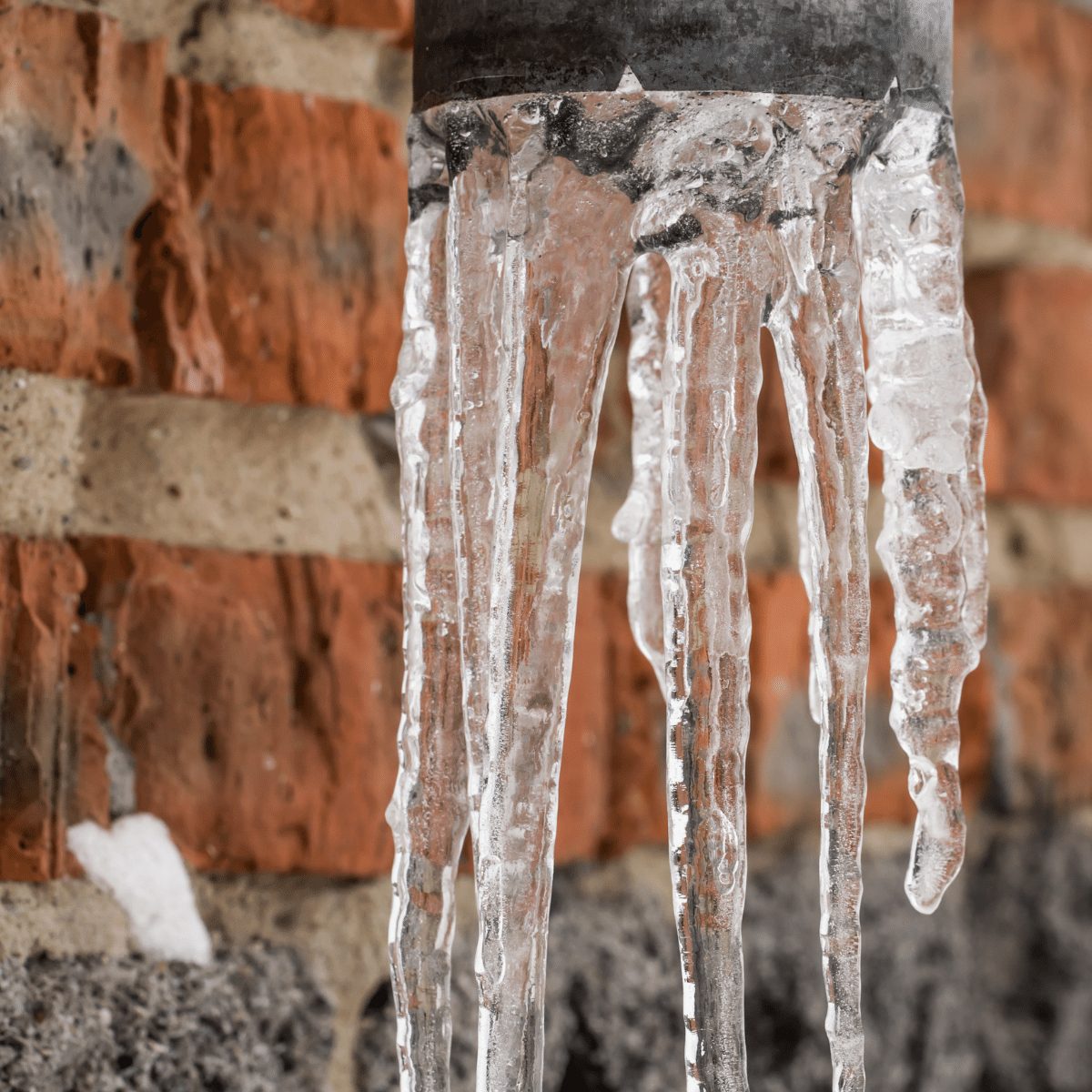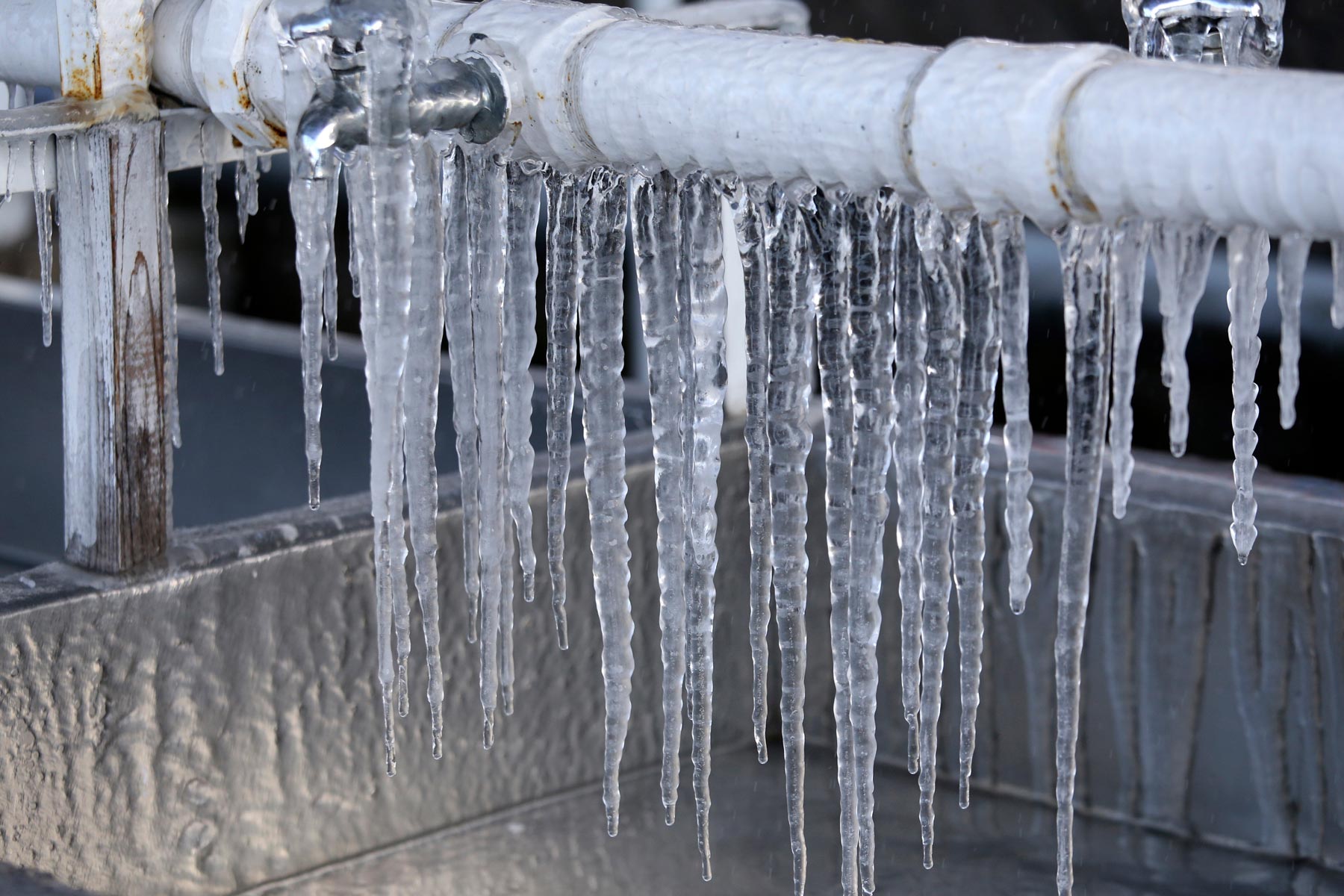Avoiding Frozen Pipes in Cold Weather: Critical Strategies
Avoiding Frozen Pipes in Cold Weather: Critical Strategies
Blog Article
How do you actually feel in regards to Helpful Tips to Prevent Frozen Pipes this Winter?

Winter can ruin your plumbing, especially by freezing pipelines. Here's exactly how to avoid it from taking place and what to do if it does.
Introduction
As temperatures decrease, the danger of icy pipelines increases, possibly bring about costly repair services and water damages. Recognizing just how to stop frozen pipelines is crucial for home owners in chilly climates.
Avoidance Tips
Insulating susceptible pipelines
Wrap pipes in insulation sleeves or use warm tape to shield them from freezing temperatures. Focus on pipes in unheated or exterior areas of the home.
Home heating strategies
Keep interior areas properly heated up, particularly locations with pipes. Open cabinet doors to permit warm air to circulate around pipes under sinks.
Exactly how to determine icy pipelines
Look for reduced water circulation from faucets, uncommon smells or noises from pipes, and visible frost on exposed pipelines.
Long-Term Solutions
Architectural changes
Consider rerouting pipelines far from exterior wall surfaces or unheated areas. Add extra insulation to attics, cellars, and crawl spaces.
Upgrading insulation
Buy top quality insulation for pipes, attic rooms, and wall surfaces. Appropriate insulation aids keep regular temperature levels and minimizes the risk of icy pipelines.
Shielding Outside Plumbing
Yard pipes and outdoor taps
Detach and drain garden pipes prior to wintertime. Install frost-proof faucets or cover outside taps with insulated caps.
Comprehending Icy Pipes
What creates pipes to ice up?
Pipes freeze when subjected to temperature levels listed below 32 ° F (0 ° C) for prolonged periods. As water inside the pipes freezes, it broadens, taxing the pipeline wall surfaces and potentially triggering them to rupture.
Dangers and problems
Icy pipes can bring about water supply disturbances, home damages, and expensive repair work. Ruptured pipelines can flood homes and trigger considerable architectural damages.
Indicators of Frozen Pipes
Identifying icy pipelines early can avoid them from breaking.
What to Do If Your Pipelines Freeze
Immediate actions to take
If you suspect icy pipes, keep faucets available to relieve pressure as the ice melts. Use a hairdryer or towels taken in hot water to thaw pipes slowly.
Verdict
Avoiding frozen pipelines calls for proactive procedures and quick actions. By understanding the reasons, signs, and safety nets, house owners can secure their plumbing throughout cold weather.
5 Ways to Prevent Frozen Pipes
Drain Outdoor Faucets and Disconnect Hoses
First, close the shut-off valve that controls the flow of water in the pipe to your outdoor faucet. Then, head outside to disconnect and drain your hose and open the outdoor faucet to allow the water to completely drain out of the line. Turn off the faucet when done. Finally, head back to the shut-off valve and drain the remaining water inside the pipe into a bucket or container. Additionally, if you have a home irrigation system, you should consider hiring an expert to clear the system of water each year.
Insulate Pipes
One of the best and most cost-effective methods for preventing frozen water pipes is to wrap your pipes with insulation. This is especially important for areas in your home that aren’t exposed to heat, such as an attic. We suggest using foam sleeves, which can typically be found at your local hardware store.
Keep Heat Running at 65
Your pipes are located inside your walls, and the temperature there is much colder than the rest of the house. To prevent your pipes from freezing, The Insurance Information Institute suggests that you keep your home heated to at least 65 degrees, even when traveling. You may want to invest in smart devices that can keep an eye on the temperature in your home while you’re away.
Leave Water Dripping
Moving water — even a small trickle — can prevent ice from forming inside your pipes. When freezing temps are imminent, start a drip of water from all faucets that serve exposed pipes. Leaving a few faucets running will also help relieve pressure inside the pipes and help prevent a rupture if the water inside freezes.
Open Cupboard Doors
Warm your kitchen and bathroom pipes by opening cupboards and vanities. You should also leave your interior doors ajar to help warm air circulate evenly throughout your home.

I have been very occupied with Prevent Frozen Pipes and I really hope you enjoyed my entry. Do you know about someone else who is occupied with the niche? Take a moment to promote it. Bless you for your time. Return soon.
Visit Homepage Report this page